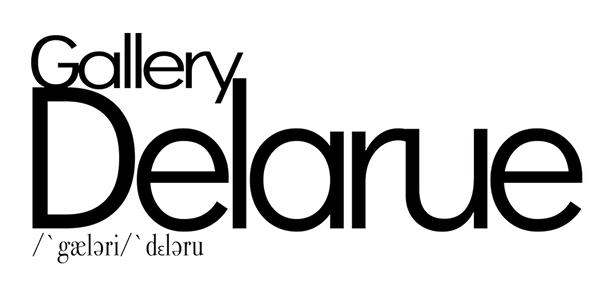With social media influencing and the ever-evolving branding of art institutions, it has become harder and harder for artists of the 21st century to stand out from the crowd. Artists might often feel obliged to push aside their artistic passions and instead focus on what is commercial to produce profits; this brings us to the issues with appreciating and appropriating art in the modern and contemporary art worlds.
Appropriation in the creative sphere can be viewed as the use of pre-existing objects and/or images. However, in wider, more social and historical contexts, appropriation can be considered as an exploitation of gender, ethnicity, mental health and many other subcultures. TA result of individuals adopting cultural movements or messages they might not necessarily understand, nor be a part of, appropriation can be damaging to people it is originally and organically affected by.
For instance, contemporary practice in the last 5-10 years has seen a significant increase in feminist artists that make use of the nude female form.

Writer and illustrator Florence Given is most known for her provocative & empowering phases that sometimes feature alongside half-naked or entirely nude feminine figures. However, with the repetition of the nude female form by the radical feminist artist, there is the concern with appropriating this type of image as just another feminist artist, rather than appreciating positive messages that individuals such as Given are conveying. In terms of commercialism and what sells, feminist art does, therefore the implications of appropriating profitable characteristics means to suggest a lack of appreciation.Barbara Krugers declarative statements that overlay a monochrome image are used constantly in marketing so much so Krugers work feels unoriginal, despite its originality. However, Kreuger is also guilty of appropriation, repurposing photographs taken from magazines as the backdrop for her political slogans Basquiat is another example, also appropriating work by incorporating pieces by famous artists such as Da Vinci and Picasso. These examples seem to suggest that appropriation is unavoidable in the art world, though it raises questions of originality and creativity.





